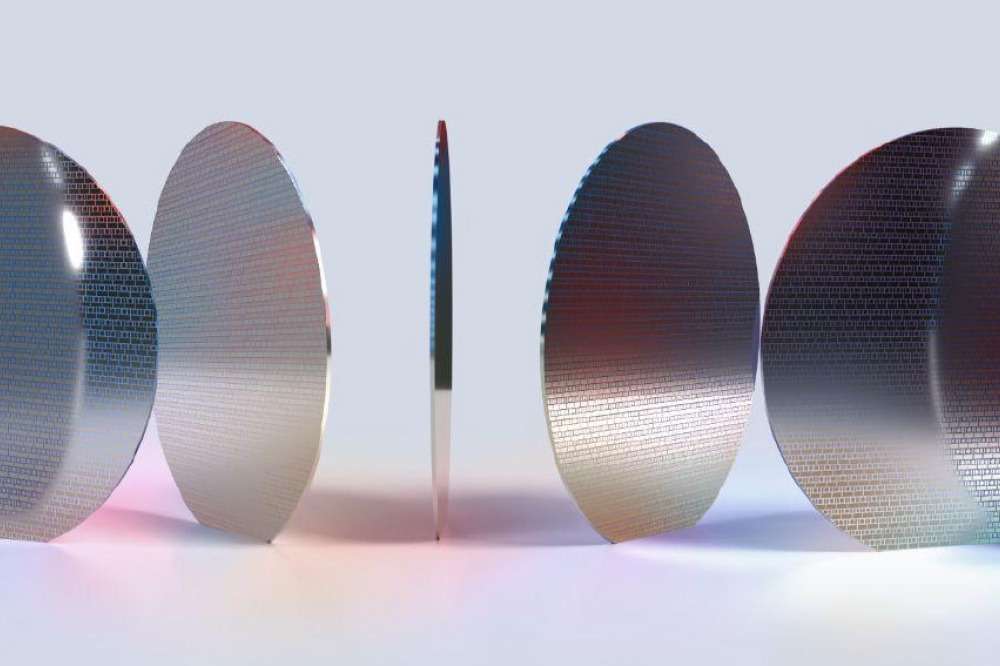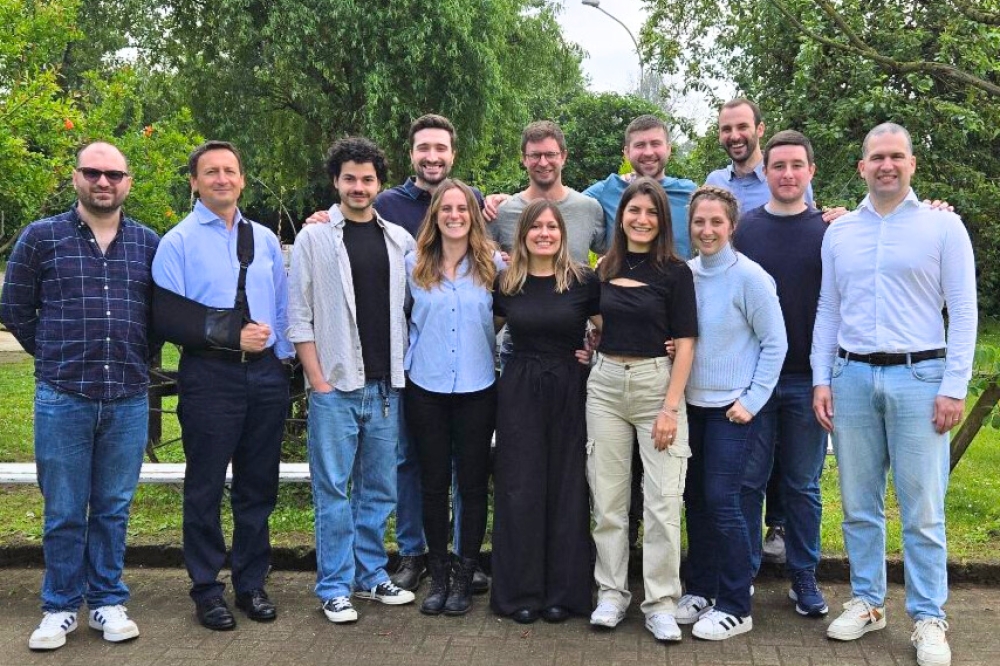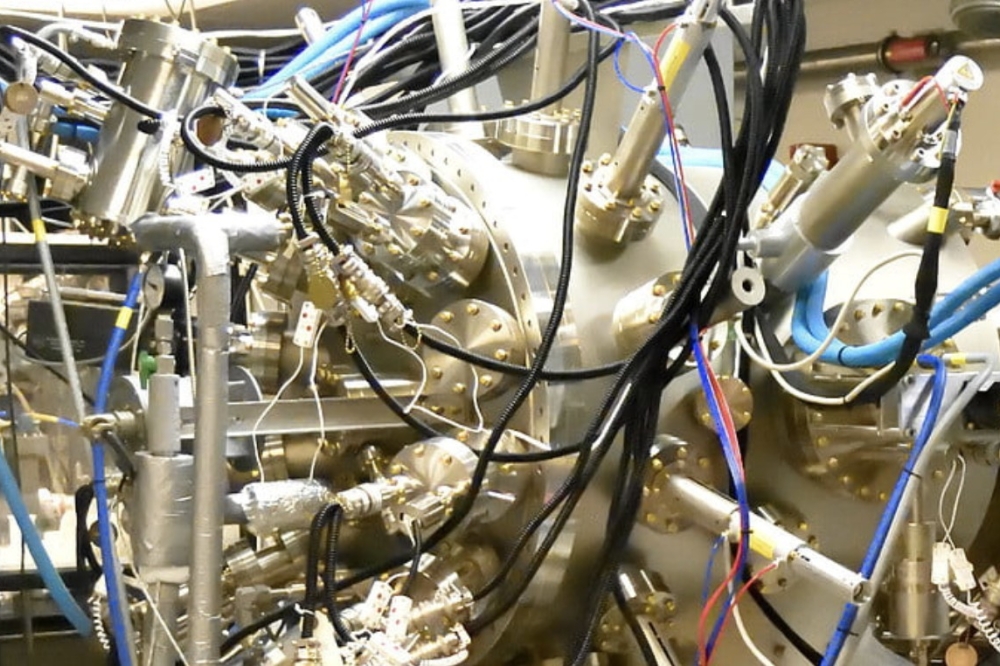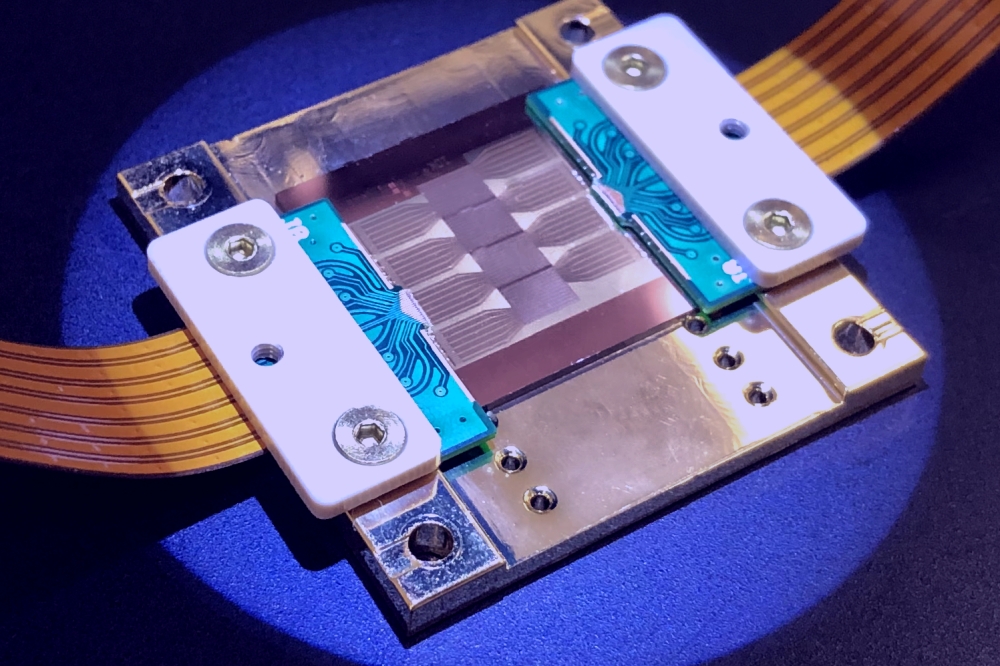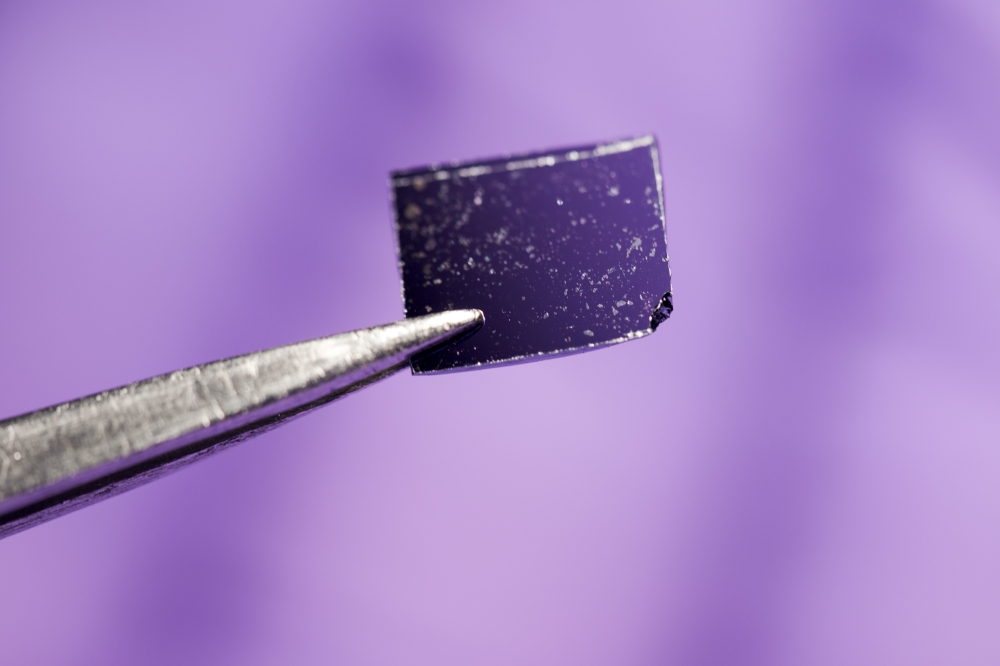Photon Design announces laser simulation solution for PCSELs and PCLs
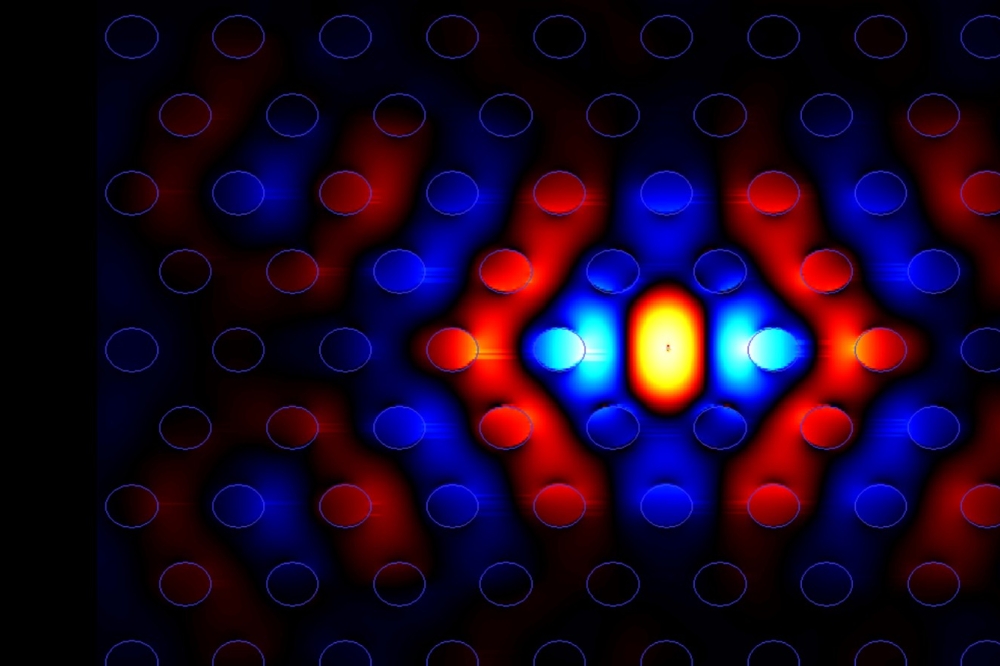
By combining its HAROLD and OmniSim tools, the company is enabling modelling of the devices, which are becoming the lasers of choice across applications including optical communications and sensing
Photon Design, a company developing photonic simulation CAD software, has announced it is now providing a market-leading PCSEL and PCL design solution for laser designers working with PCSELs (photonic crystal surface-emitting lasers) and PCLs (photonic crystal lasers). The company has enabled this new solution by using a combination of its HAROLD and OmniSim simulation tools.
PCSELs and PCLs are rapidly becoming the first choice of laser for high-power, coherent applications in fast-growing markets, such as optical communications, sensing, and material processing. These devices have complex crystal structures that are challenging to model, but Photon Design says this is now possible entirely within its simulation tool portfolio.
“Engineers designing PCSELs and PCLs can use Photon Design’s HAROLD to simulate gain spectra in epitaxy structures,” said Dominic Gallagher, CEO of Photon Design. “OmniSim, our FDTD-based, Dynamic Gain modeller, then simulates pulsed laser light propagation, over time, through the laser crystal lattice, including the effect of power.
“OmniSim’s Dynamic Gain modeller is new. Its Band Analyser provides band diagrams for photonic crystals, enabling designers to tune the laser structure to the desired wavelength, optimising the lattice, atoms and cavities in the structure using our Kallistos simulator. Finally, active FDTD simulations provide the operating wavelength and linewidth of the laser, which our Q-factor calculator produces at up to 85 percent quicker than the conventional, Fourier transform method, with equivalent levels of accuracy.”













